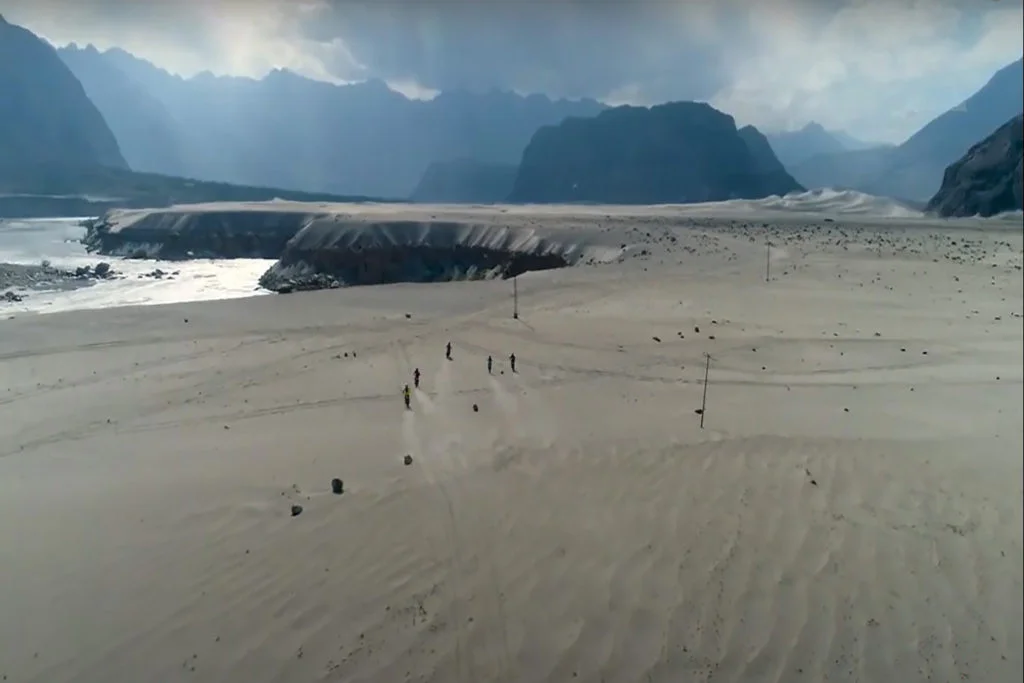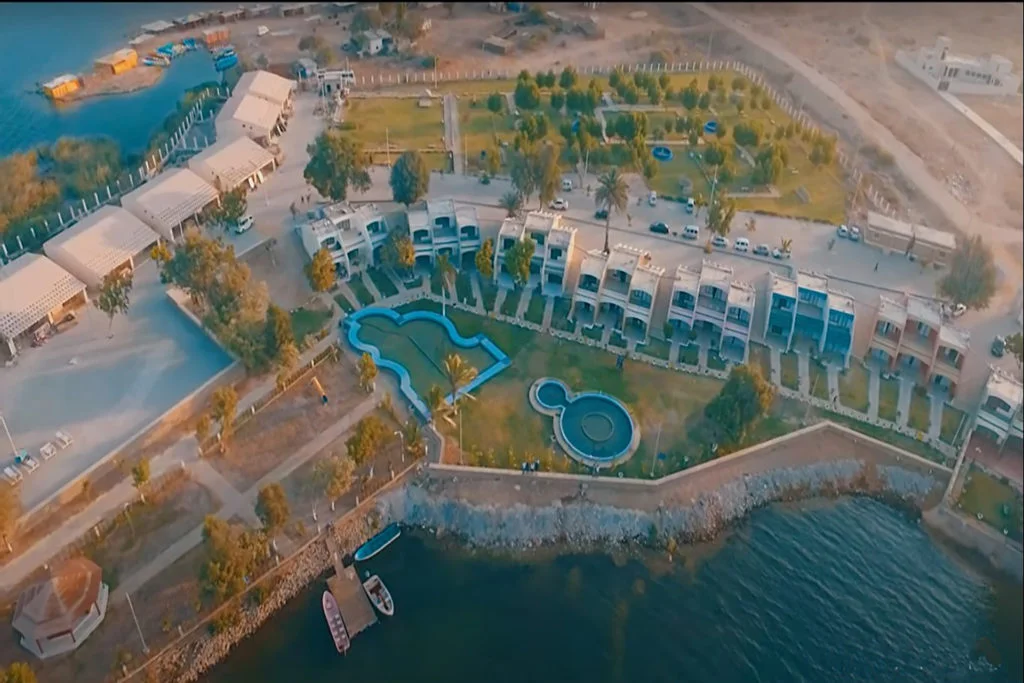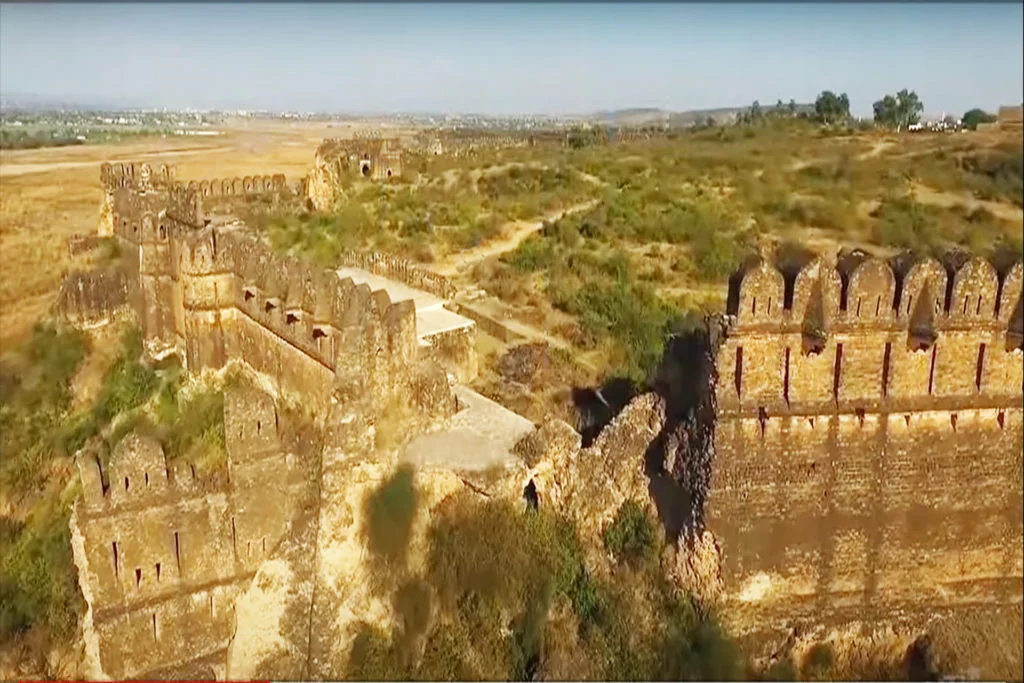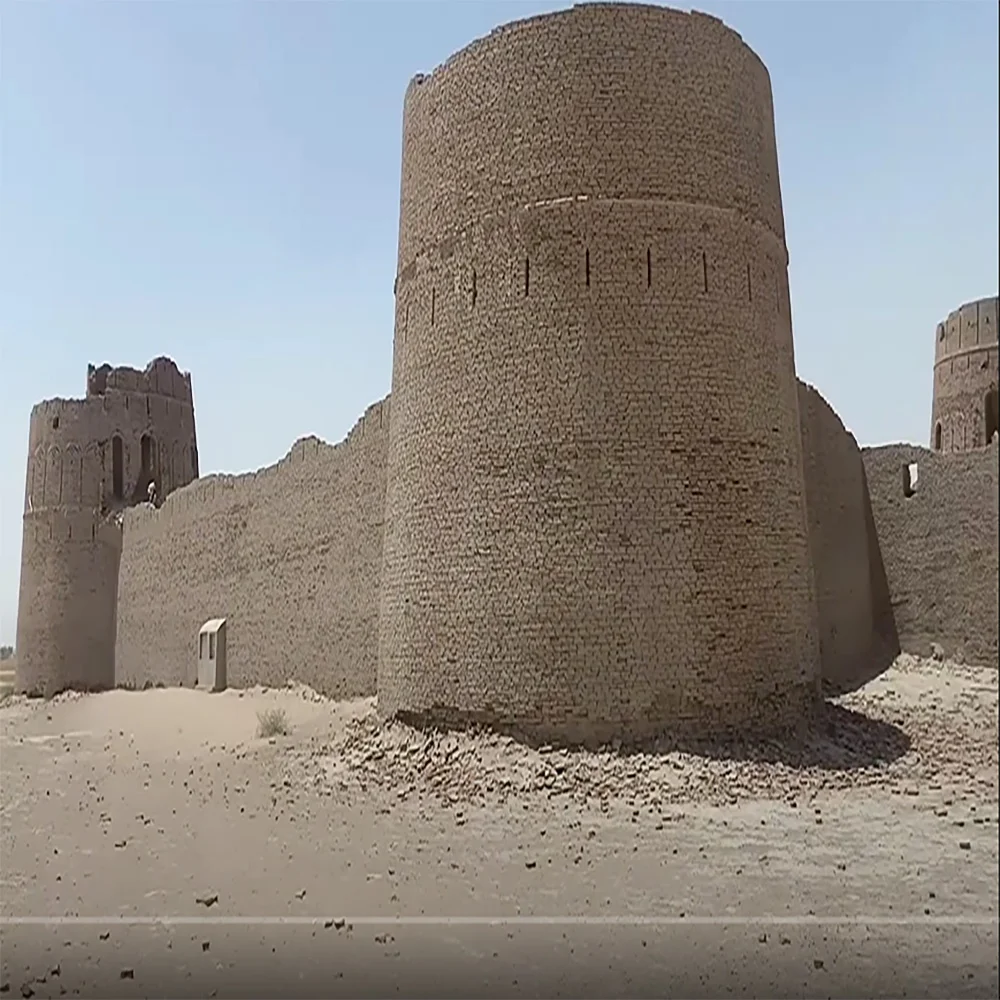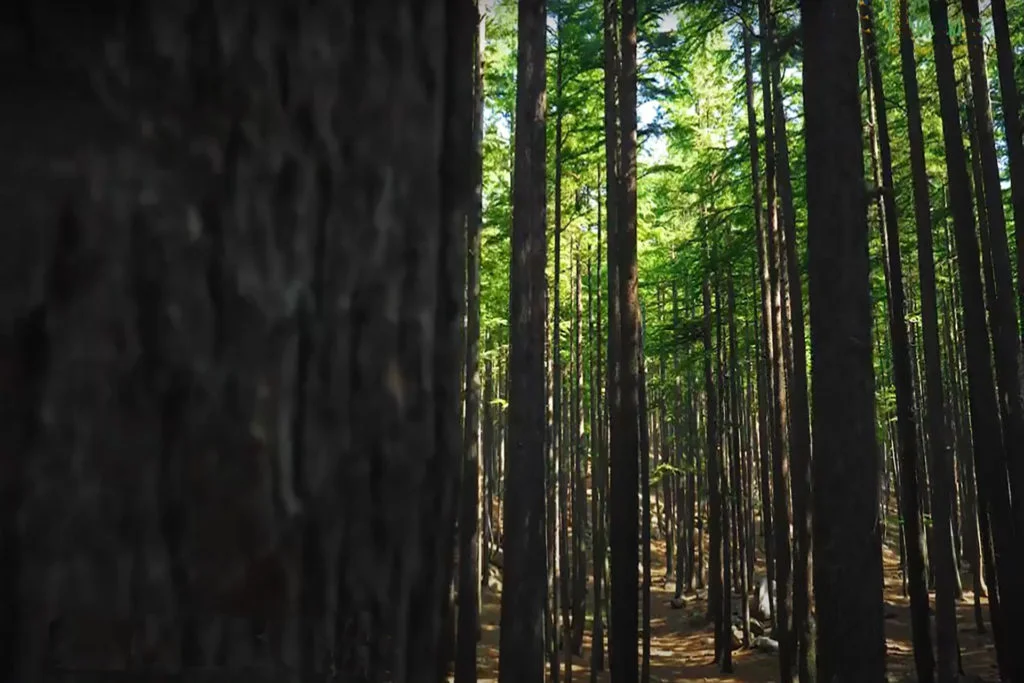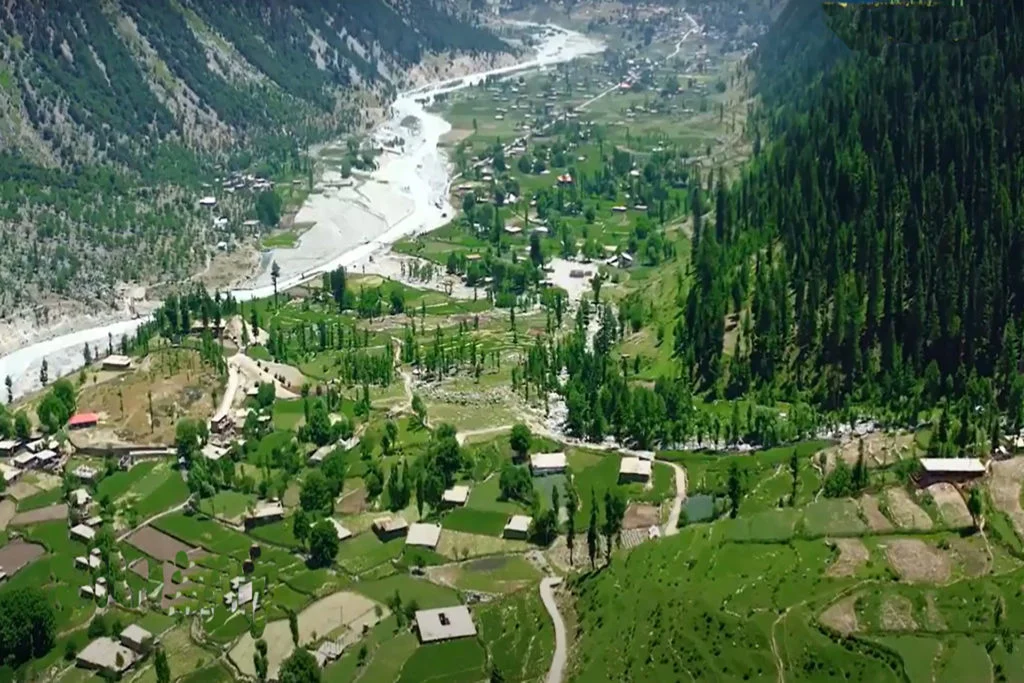Nestled in the Abbottabad District of Khyber Pakhtunkhwa province in Pakistan, Miranjani stands as a magnificent peak, captivating both locals and adventurers from around the world. With its awe-inspiring beauty, challenging trails, and breathtaking views, Miranjani has become a popular destination for hikers and nature enthusiasts seeking a memorable outdoor experience.
Miranjani Height
Miranjani, towering at an elevation of approximately 2,992 meters (9,816 feet), is the highest peak in the Abbottabad District. It is part of the picturesque Galyat range, known for its lush greenery, serene forests, and panoramic vistas. The peak is blessed with an abundance of biodiversity, making it a haven for flora and fauna.
The Trekking Experience:
The trek to Miranjani is a treat for adventure enthusiasts. The journey begins from Nathiagali, a charming hill station in proximity to Abbottabad. The trail winds through thick pine forests, offering a refreshing escape from the heat and noise of the plains. As you ascend, the air becomes cooler, and the melody of chirping birds guides your way.
The trek is moderately challenging, suitable for both novice and experienced hikers. The well-marked path takes you through winding slopes, occasional rocky patches, and panoramic viewpoints. As you near the summit, the terrain becomes steeper, demanding a bit of stamina and determination.
Miranjani Top Weather
The weather conditions on Miranjani can vary depending on the season. It is important to note that weather patterns can change rapidly in mountainous areas, so it is advisable to check the local forecast before planning a trip. Here is a general overview of the weather on Miranjani throughout the year:
Spring (March to May): During spring, the weather on Miranjani tends to be pleasant with moderate temperatures. The days are generally mild, ranging from around 15°C to 25°C (59°F to 77°F). However, it is advisable to bring layers as temperatures can drop significantly at higher elevations, especially during the evenings and nights.
Summer (June to August): Summer on Miranjani can be warm during the daytime, with temperatures ranging from around 20°C to 30°C (68°F to 86°F). However, the higher altitude of Miranjani provides some relief from the intense heat experienced in the plains. It is recommended to carry sunscreen, a hat, and sufficient water during this season.
Monsoon Season (July to September): The monsoon season brings rainfall to Miranjani and the surrounding region. During this period, the weather can be unpredictable, with rain showers and occasional thunderstorms. It is important to be cautious as trails can become slippery, and visibility may be reduced. Proper rain gear and sturdy footwear are essential for trekking during the monsoon season.
Autumn (October to November): Autumn is considered one of the best seasons to visit Miranjani. The weather is generally clear and cool, with temperatures ranging from around 10°C to 20°C (50°F to 68°F). The skies are often clear, offering stunning views of the surrounding landscapes. It is recommended to carry a light jacket or sweater, especially during early mornings and evenings.
Winter (December to February): Winter on Miranjani can be quite cold, with temperatures dropping below freezing point. Snowfall is common, particularly at higher elevations. The daytime temperatures can range from around 0°C to 10°C (32°F to 50°F), while the nights can be significantly colder. Warm clothing, including thermal layers, jackets, gloves, and hats, are essential for winter treks.
Remember that weather conditions can change rapidly in mountainous areas, and it is crucial to stay updated on the forecast and be prepared for any changes in temperature, precipitation, or visibility. Additionally, it is advisable to trek with an experienced guide and inform others about your plans before embarking on a journey to Miranjani.
The Rewarding Summit:
Reaching the summit of Miranjani is a moment of triumph and wonder. Standing atop the peak, you are greeted with breathtaking 360-degree views of the surrounding valleys, snow-capped mountains, and distant horizons. On clear days, the mighty Nanga Parbat, the ninth highest mountain in the world, reveals its grandeur in the distance.
The summit also provides a perfect vantage point to admire the beauty of the Galyat range, with its rolling hills, cascading streams, and vibrant flora. The sense of tranquility and serenity atop Miranjani is truly unmatched, making it an unforgettable experience for every visitor.
Miranjani Track
The Miranjani track is a popular trekking route that leads to the summit of Miranjani, the highest peak in the Abbottabad District of Khyber Pakhtunkhwa province in Pakistan. Here is an overview of the Miranjani track:
Starting Point: The trek to Miranjani usually begins from Nathiagali, a scenic hill station located near Abbottabad. Nathiagali serves as the starting point for the trek, and it can be reached by road from Abbottabad or other nearby cities.
Trail Description: The Miranjani track is well-marked and relatively straightforward, making it accessible to both beginners and experienced hikers. Here is a general description of the trail:
From Nathiagali Bazaar: The trek usually starts from the main bazaar in Nathiagali. From there, you follow a paved road that leads to the Governor’s House.
Governor’s House to Jungle Start Point: The paved road continues uphill, passing through a forested area. This section of the trail offers pleasant views of the surrounding landscapes.
Jungle Start Point to Pipal Mandi: After walking for a while, you reach a junction known as Pipal Mandi. From here, you leave the paved road and enter a trail that leads into the jungle.
Jungle Section: The trail meanders through a dense pine forest, offering shade and a cool atmosphere. It gradually ascends with occasional steep sections.
Rocky Section: As you ascend further, the trail transitions into a rocky path. This part requires careful footing and can be a bit challenging.
Summit Push: After navigating through the rocky section, the trail becomes less steep and leads to the final ascent towards the summit of Miranjani.
Summit: Upon reaching the summit, you are rewarded with panoramic views of the surrounding mountains, valleys, and forests. On clear days, you can catch sight of the majestic Nanga Parbat in the distance.
Trail Difficulty and Duration: The Miranjani track is considered moderately challenging, suitable for hikers with basic fitness levels. The trek takes around 4-5 hours to complete, depending on your pace and rest stops. It is recommended to start early in the morning to avoid crowds and to have ample time to enjoy the summit views.
Precautions and Recommendations: Here are some important points to keep in mind when trekking the Miranjani track:
- Carry sufficient water and snacks to stay hydrated and energized during the trek.
- Wear comfortable hiking shoes and appropriate clothing for the weather conditions.
- Pack sunscreen, a hat, sunglasses, and insect repellent.
- Inform someone about your trekking plans and expected return time.
- Follow responsible trekking practices and leave no trace of your visit.
- Be aware of weather conditions and check the forecast before starting the trek.
It is always advisable to trek with a guide or an experienced companion who is familiar with the trail and local conditions. They can provide guidance and ensure your safety during the trek to Miranjani.
Conservation and Sustainability:
Miranjani’s popularity has brought attention to the need for sustainable tourism practices and conservation efforts. Local authorities and environmental organizations have taken steps to preserve the natural ecosystem of the area. They emphasize responsible trekking, waste management, and promoting awareness about the importance of preserving the fragile environment.
Miranjani, with its majestic presence and captivating allure, stands as a testament to the natural wonders of Pakistan. It offers a thrilling adventure for hikers and nature lovers, rewarding them with mesmerizing views and a profound connection with the mountains. As visitors embark on the trek to Miranjani, they not only experience the beauty of nature but also become advocates for its preservation, ensuring that future generations can continue to appreciate this remarkable peak in the heart of Pakistan.

